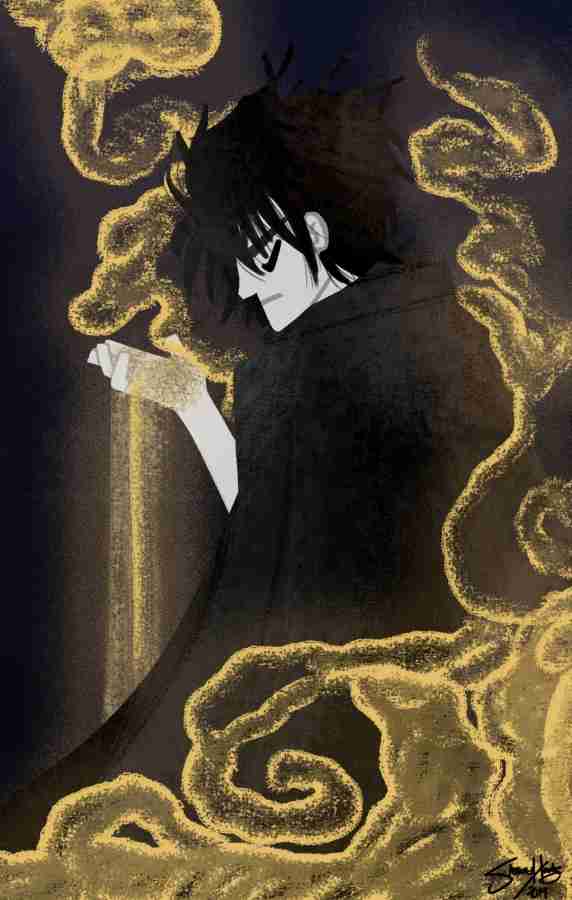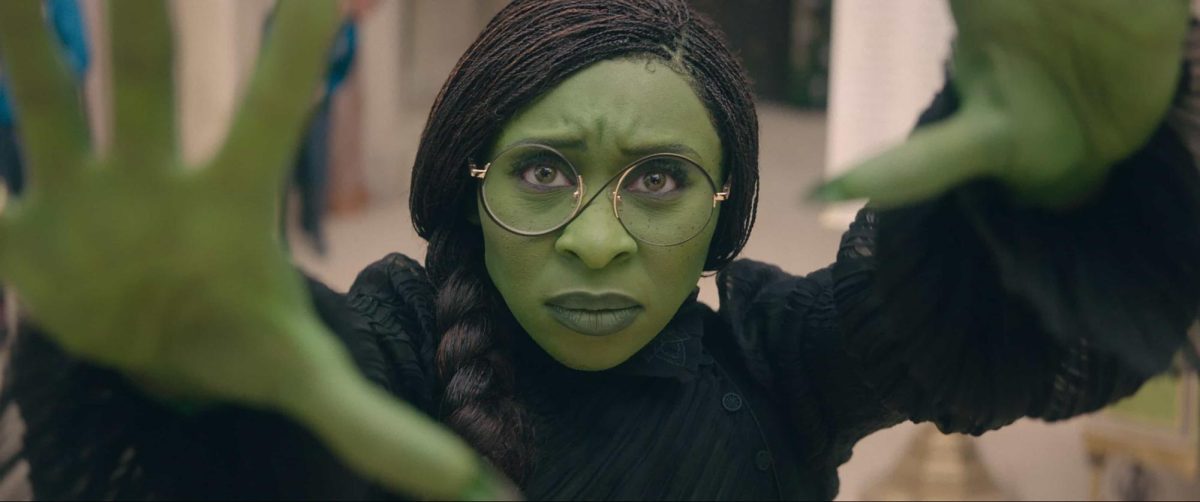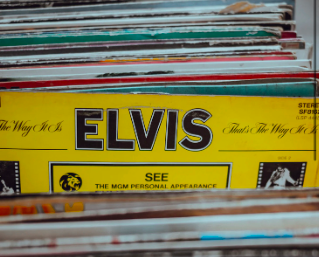Thirty years ago, English novelist Neil Gaiman and artists Sam Kieth, Mike Dringenberg, Jill Thompson, Shawn McManus, Marc Hempel, Michael Zulli, Todd Klein, and Dave McKean set out to publish a series of comic books in the DC Comics universe titled The Sandman. The series followed the Lord of Dreams and his siblings, Death, Delirium, Destiny, Destruction, Desire, and Despair. Together, they are known as The Endless, portraying the invisible facets that shape Homo sapiens.
Two fans of the series were asked to share their opinions about the catalytic horror saga and the new follow-up pieces which were written by Simon Spurrier, Nalo Hopkinson, Dan Watters, and Kat Howard and illustrated by Bilquis Evely, Dominike Stanton, Max and Sebastian Fiumara, and Tom Fowler.
There is something about The Sandman’s art and narrative that made it stand out, it could be eerie horror elements that are commonly found in Gaiman’s works, the timing of its publishing, or it could have been its unique art style that sent Sandman to the summit. But there is something that is certain: It was unlike anything ever seen before in comic books.
Todd Fisher, the owner and operator of the store Gods and
“The thing that makes Sandman’s art stand out is first, you’ve got the covers by Dave McKean in the original series,” Fisher said. “He did mixed media covers for most of the issues of The Sandman consisting of photography and multilayer box art that we haven’t seen before in comic books coming up to that point, and you’re instantly pulled into it.”
The fact that multiple artists contributed to the creation of The Sandman also made it interesting. From a literary standpoint, Fisher had a deep, yet jovial, definition of what was happening literary-wise inside the dark tints of Sandman’s pages.
“The readers recognized it as a ‘new kind of beast.’ It was that comic book revolution against the capes and tights trope that defined the ‘70’ and ‘80s and the pursuit to find new voices,” Fisher said. “Neil was one of those voices. To this day, I haven’t read a Neil Gaiman book and ended up disappointed because he has a way of affecting people with his work. It just sounds like we’re waxing his car!”
When asked about the spin-offs, Fisher admitted that, as a retailer, he sensed trepidation at the announcement of the upcoming release of an extension that wasn’t written by Neil Gaiman.
“They’re tough shoes to fill,” he stated in reference to Gaiman’s legacy, “However, I am intrigued because these new writers are fans. At least there’s an enthusiasm that will translate onto the page. I think that fans, when not held back by nostalgia, can actually produce amazing stuff. I am rather excited.”
The final question asked to Fisher was to summarize Sandman in one sentence. After some humming along to the lyrics of the rock song playing in the background, Fisher replied with astonishing familiarity: “Dreams.”
David Craig, the owner of Bamf! Comic Book Store in Maitland, explained why The Sandman’s obscure art style stood out.
“At the time that it was put out, the comics were all brightly colored and the imagery was vivid, and on this one, they had a very limited color palette to add to the mood of the books,” Craig said. He also took note on how Gaiman’s literary prowess helped propel the series by making it a “medium for stories.”
“To give something for the reader to grasp on, buy into, to hate, or to empathize. I think that helped him have a bigger audience. People were able to grasp on to Delirium, Dream, and the other Endless.”
When asked how to summarize Sandman in one sentence, Craig pondered for a moment and then said: “A realization that things will always change, and you have to learn how to accept that.”







